In Tulkus 1880 to 2018,, Pivi brings together more than a thousand portraits of Tibetan Buddhism tulkus, the recognized reincarnations of Buddhist masters. Different sized portraits are exhibited along the walls of the Manica Lunga, a gallery that is more than 140 metres long. A 17th century Tibetan thangka painting depicting the tulku Tsuglag Gyatso, the Third Pawo Rinpoche (c.1576-1630) hangs at the gallery's end.
Pivi is collecting as many images and as much information as possible on tulkus and their previous incarnations since the advent of photography to the present. The goal is to create an extensive, if not exhaustive, collection of photographs of tulkus belonging to different schools of Buddhism and Bonpo in all areas of the world where Tibetan Buddhism is practiced.
In 2013, Rotterdam's Witte de With — which commissioned the project alongside Castello di Rivoli — will present the project's new developments, while image collection will continue through 2018.
Pierfrancesco Cravel: Is the sense of this exhibition the ethnographic study of a theocracy in danger of extinction, or the chronicling of the risk of a culture's destruction?
Paola Pivi : Tibetan Buddhism has spread beyond Tibet's borders to India, Mongolia, Bhutan, Nepal and other parts of the world. Today tulkus are reincarnated in the West or move there. In some areas, like Bhutan, there is no danger of the culture's destruction. The exhibition was not born to protest about a difficult situation. The overview of the photographs of all the tulkus is an historical and anthropological research project that has never been undertaken before. It involves hundreds of people and institutions. But you can neither deny nor ignore the second most important tulku, the Panchen Lama, who was made to disappear by the Chinese government only three days after he was recognized by His Holiness the Dalai Lama. Tibet was occupied by the Chinese military in 1959 on the grounds that it was acceptable to eradicate theocracy with communism.
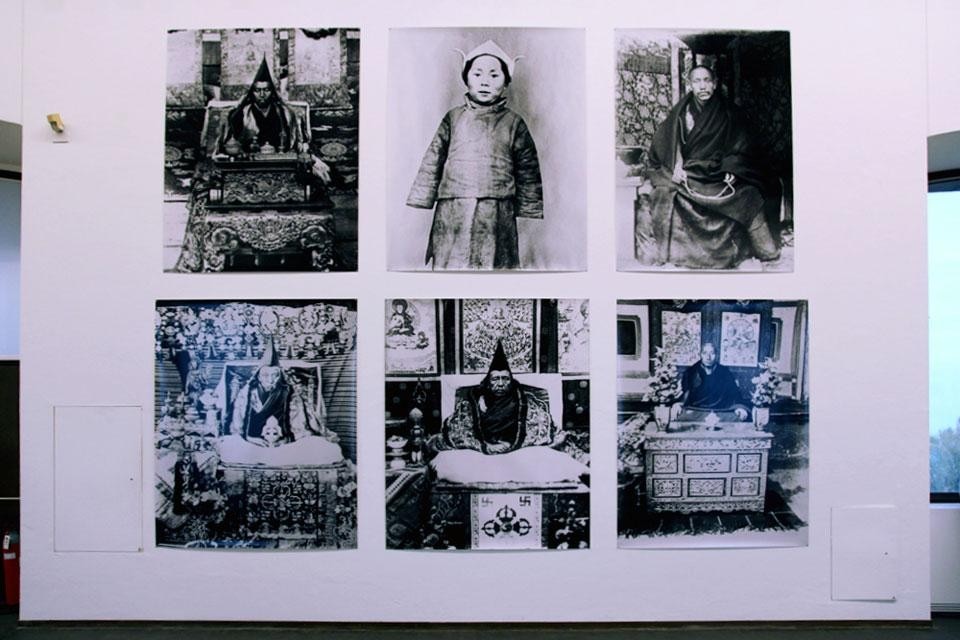
The exhibition design seems to evoke the image of church naves. Contemporary art hardly ever looks at religious issues from a within the religion itself. How do art and religion coexist in your work?
In a theocracy, a tulku is a religious leader, but also a political leader. They are revered as divine figures and have a great power. People must drop down in the presence of a tulku so that their heads are lower than his. If a tulku in a room lowers his head, everyone else does too, giving rise to a kind of beautiful dance of heads. These ancient rituals have been handed down for hundreds of years. Because I am Western, I delegated the direction of the research project to Tibetans themselves. Each time they asked to modify something in the project, I supported them out of respect for their culture.
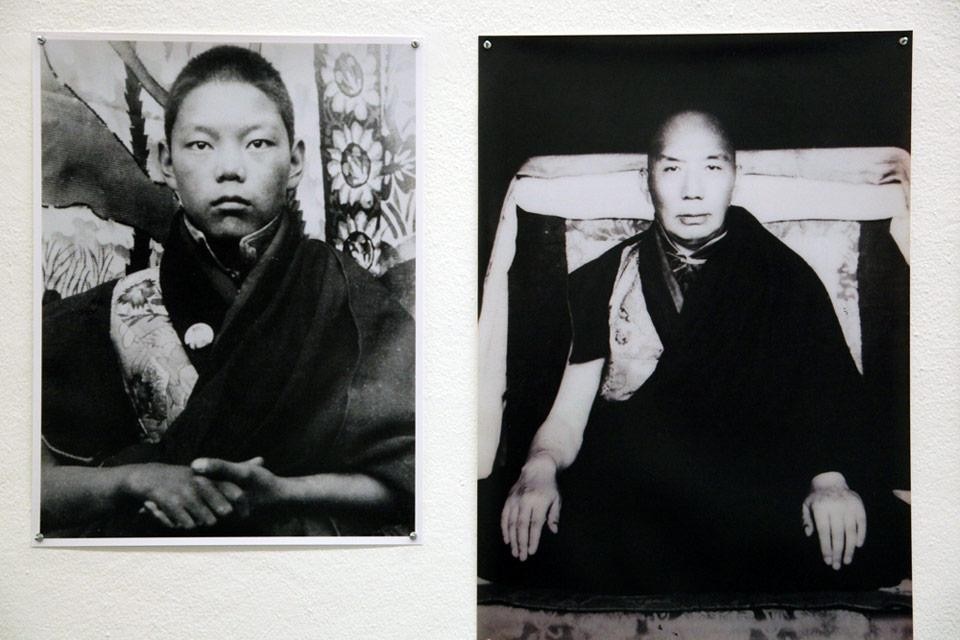
My work as an artist is to have had this idea and to have brought it this far. I decided on the size of the photos and chose the ones I liked best. I was attracted by a particular architecture, the beauty of a background, the decoration of the thrones, clothing, postures or expressions. I can place the images of two tulku in succession because the second is the reincarnation of the first. Or decide how to exhibit them.
For a Buddhist, a large and beautiful image by Raghu Rai or Matthieu Ricard, and an out-of-focus image that is very small or posted on the web have the exact same spiritual value
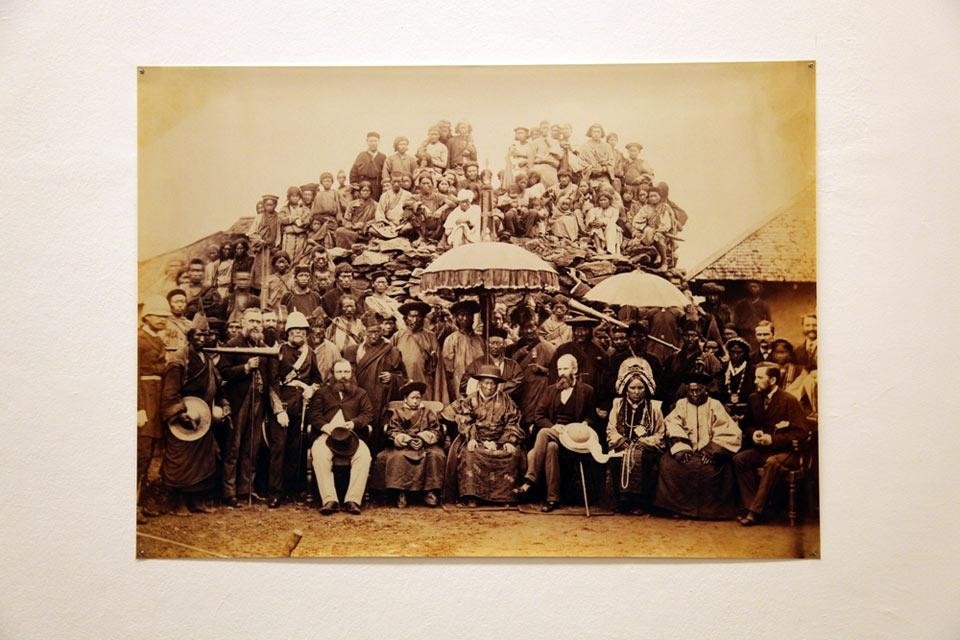
It is a seventeenth century Tibetan thangka. It is placed in the center as a symbol of the origins of the tradition of tulku portrait photography. The oldest photograph discovered so far that portrays a tulku dates back to 1873, and shows Sidkyong Tulku, tulku and eighth king of Sikkim, an independent monarchy until 1976, and now a state of India. In the exhibition there are portraits of the tenth and eleventh Pawo Rinpoche, and one of the Spaniard Lama Osel because today reincarnations take place in the West, too. Other ancient images come from the archives at the Ministry of Religion of the Tibetan Government in Exile (Dept. of Religion and Culture, Central Tibetan Administration); they were found in an old album of photos taken by someone who must have had a similar idea fifty years ago. I don't even know the name of more than half of the people portrayed in this album.
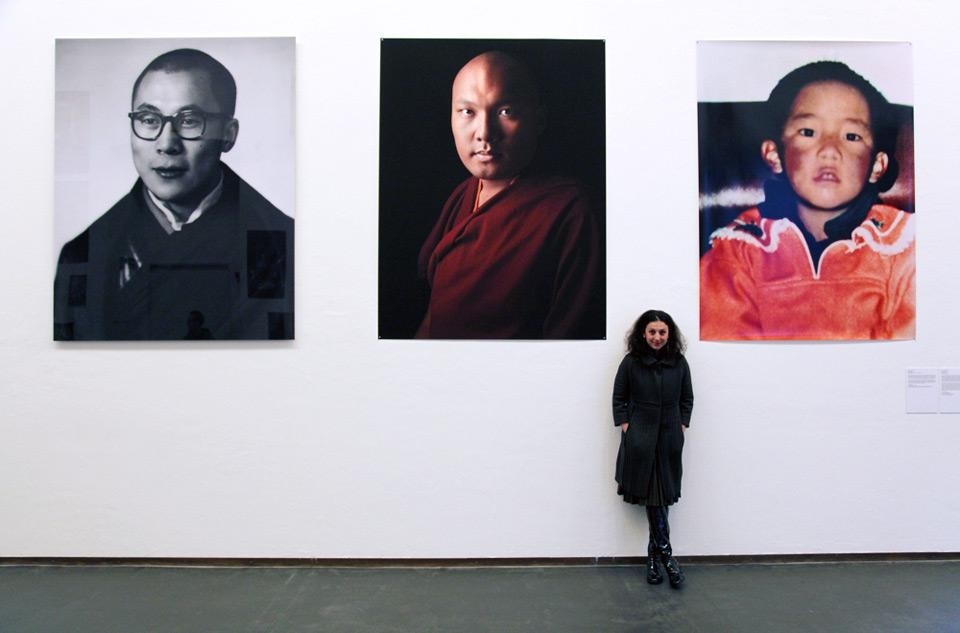
These photos are sacred. The image "is" the tulku. If you really want to search for a counterpart for comparison, I would say that they are like the communion wafer. Hundreds of people — institutions and tulkus, starting with the Private Office of His Holiness the Dalai Lama to tulku children who apparently still know little of their fate — trusted me by lending me their photos or pictures of other tulkus. These photos are sacred by definition. They do not need any ceremony or ritual. For this reason, I cannot throw way the proofs, because they contain tulku. These powerful and beautiful images already exist in the culture of Tibetan Buddhism. They can be found in monasteries, Buddhist homes, shops, offices. They can be bought on the street. I compiled all these images and in parallel I researched them, with the extraordinary help from the great Tibetan historician Tashi Tsering, Director of Amnye Machen Institute, Tibetan Centre for Advanced Studies, in Dharamshala, India. On display are also many old photos of tulku whose names we do not even know. By studying the itineraries of the missionaries who took the pictures, we will try to identify them, also by talking to the elders of those places.
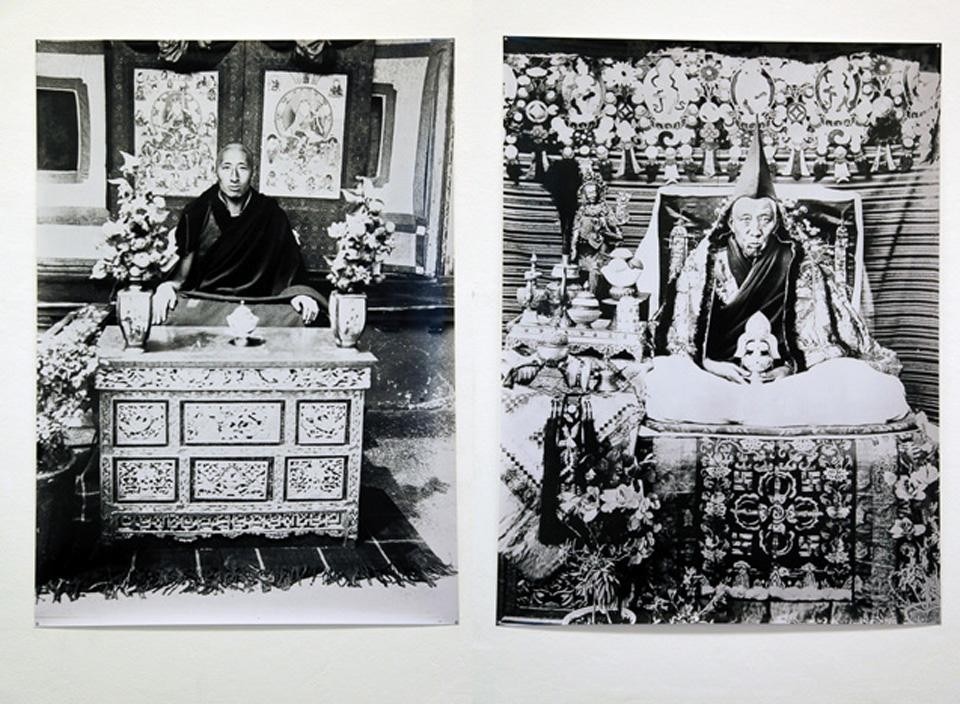
In an era characterized by the diffusion of images on the web and the rapidity of their consumption does it makes sense to evoke the very sacredness of the image? Do these images, posted on Facebook, lose their transcendent dimension?
No. For a Buddhist, a large and beautiful image by Raghu Rai or Matthieu Ricard, and an out-of-focus image that is very small or posted on the web have the exact same spiritual value.


